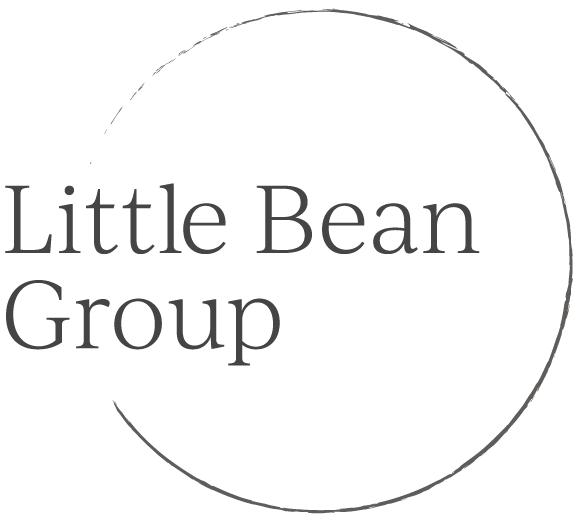Many organizations are preparing for the end of the fiscal year on June 30. This year, these preparations occur in an uncertain climate. Economic clouds have been hanging over us for many months—projections of a recession come and go, and the pressures of inflation are taking their toll on donors and organizational budgets. I wrote about this issue earlier in 2023 and we have not experienced any significant change. We are also grappling with discouraging news about a large decline in the overall number of donors.
Heading into the end of the fiscal year, these factors can feel like strong headwinds. In spite of this, I encourage you to approach this period with optimism and determination. The relationships that are at the heart of your work will be resilient if you can continue to provide donors with compelling reasons to support your mission.
Fiscal year-end is an ideal time to pause, assess, and take stock of where you stand in your cultivation and engagement plans. When approaching what isn’t working, there are key areas where even small tweaks can yield rewards in terms of meeting your goals and ensuring that you’re on the right path.
First, get a clear picture of donor retention. While you may know your overall retention rate off the top of your head, take time to look closely. What does retention look like for different groups of supporters?Focus on donors who made their first gift in the last fiscal year. Engaging those donors and renewing those gifts helps to secure your future pipeline. The bigger picture of declining donor numbers may have hit your annual giving program the hardest. Are there any creative retention tactics, such as informal community-building events, that you can try with this group? Are there engaged annual giving donors who could be solicited for monthly giving?
Second, review your communications plan to see if you need to make adjustments. While you may not have time for a full communications audit, it’s wise to assess your current program and see where small changes could make a difference in engagement levels. For example, it’s always a good idea to check the frequency of your email communications and see how your schedule aligns with best practices. But don’t measure your email program against these numbers in a vacuum. If you’re sending out email less frequently but have high levels of engagement, then you are likely in a good place. Diving deeper into your content, see where recipients are clicking and think about how you can replicate this content to drive further engagement.
These are just two suggestions where you might focus on making improvements that could have a broad positive impact at fiscal year-end. Recently, the big picture came together with a client who was assessing an important initiative. After careful consideration, they decided to change course and delay the start of the initiative. Doing so will allow them more time to deepen relationships with their donors and further build out their program plans. When they do move forward, they will be well positioned for success. Fiscal year-end offers us the opportunity to review progress for both large and small projects.
